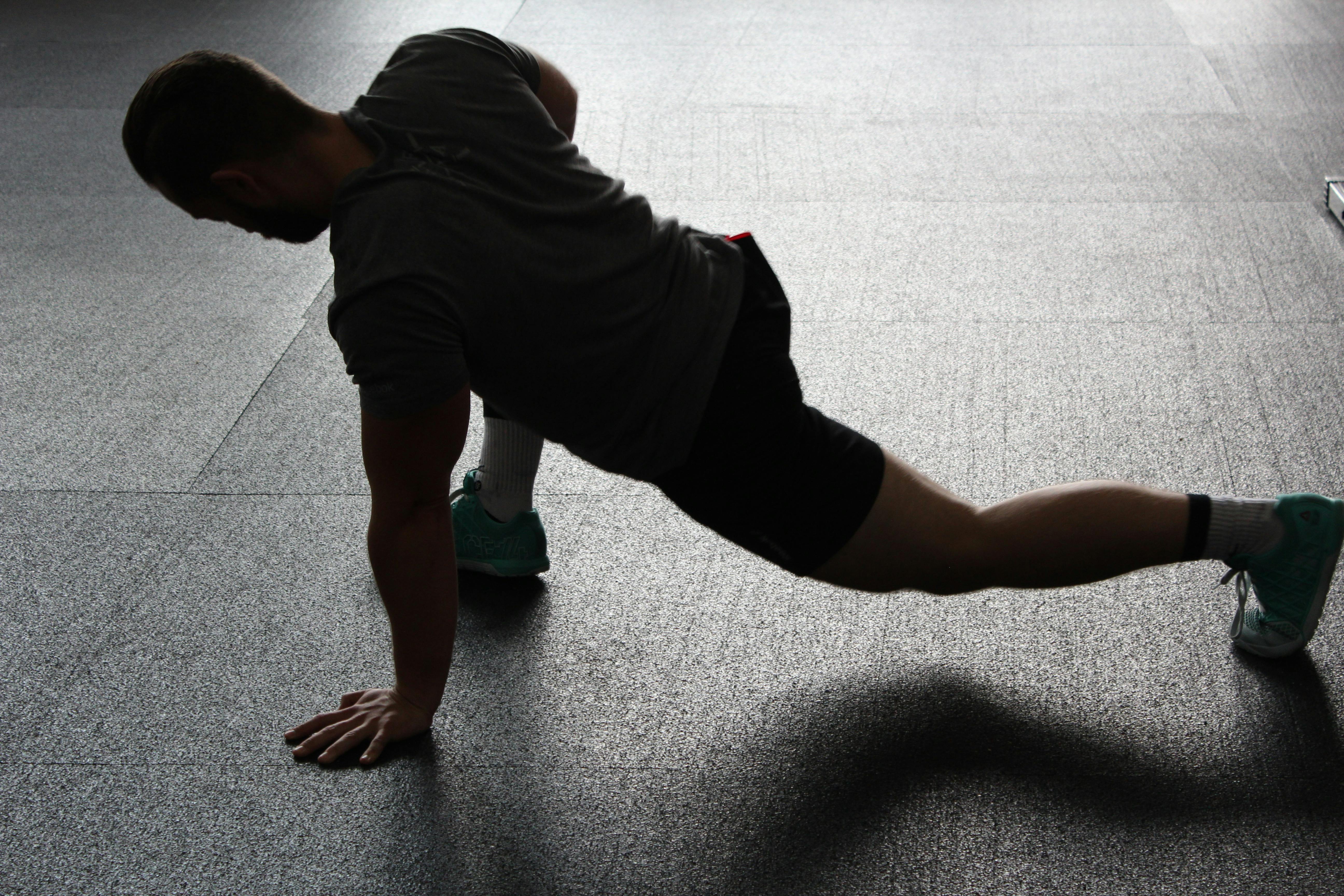When you hear neuromuscular control, it is easy to get confused with what it means and why it's important. While it might sound complex, in reality, neuromuscular exercises are surprisingly simple.
These types of exercises help to train your muscles and your brain to work together more seamlessly. This will help you with your balance, help your reaction time, improve your strength, and help you improve your stability. If you are accident prone or often stumble when exercising - or in daily life - these exercises will help you!
No matter if you are completely new to the gym, or want to try more challenging workouts to progress your training, neuromuscular control exercises are fantastic for improving body stability and helping you avoid preventable injuries.
Neuromuscular Control Exercises: Our Guide for Beginners
Neuromuscular refers to the connection between your nervous system (your brain and nerves) and your muscles. It’s all about how your brain sends signals to your muscles to coordinate movement. Neuromuscular control exercises are activities designed to improve that connection, helping your brain and muscles work together more smoothly.
The result? Better balance, coordination, and control. Like your mind and body are fully in sync!
Shoulder Stability: Build Strength Without the Strain
Your shoulders do a lot of work, so keeping them strong and stable is a must. These exercises are easy to add to your daily routine.
Try These:
-
Shoulder Blade Squeeze: Sit or stand, pull your shoulder blades back as if you’re trying to hold a pencil between them, and hold for a few seconds. Repeat for 10 reps.
-
Band Pulls: Hold a resistance band in front of you, then pull it apart. This strengthens your upper back and shoulders.
-
Overhead Carry: Grab a light weight, hold it above your head, and take a few steps. Keep your arms steady and your core engaged. Not got any weights in the house or not in the gym so often? A filled water bottle will do!
Ankle Stability: Keep Your Foundation Strong
Strong ankles are the secret sauce to feeling stable and avoiding twists or sprains. Here are some simple moves to keep them in shape.
Give These a Go:
-
One-Leg Balance: Stand on one foot for as long as you can. For an extra challenge, try it with your eyes closed.
-
Heel-to-Toe Walk: Walk in a straight line, rolling from your heels to your toes with every step. Think catwalk, but functional.
-
Resistance Band Footwork: Attach a band to your foot and gently move it side-to-side or up and down. It’s great for targeting the small muscles in your ankles.
Knee Support: Protect and Strengthen
Your knees take a lot of impact, so it’s important to keep them strong and supported. These exercises will help your knees handle everything from stairs to squats.
Start Here:
-
Wall Sit: Lean against a wall and slide down until your knees are bent at a 90 degree angle. Hold for 30 seconds and feel your legs work. This is a burner so you may need to work yourself up to 30 seconds!
-
Step-Ups: Step onto a gym step, plyo box, or a sturdy platform that won’t wobble. Then step back down. Switch legs and repeat. It’s easy, gets the job done, and your knees will love you for it.
-
Glute Bridge: Lie on your back with your knees bent and lift your hips off the floor until there’s about a 6-inch gap between you and the ground. Strong glutes keep your hips steady, which means your knees don’t have to work overtime to stay aligned. This makes everyday moves, like walking and squatting way smoother and less stressful for your joints.
FAQs: Neuromuscular Control Exercises
Why should I try these exercises?
They help improve balance, coordination, and stability by strengthening the connection between your brain and muscles. This mind-muscle link makes everyday movements easier, keeps you steady, and reduces the chance of injuries.
Do I need any special equipment?
Not really! Most of these can be done with a resistance band or just your body weight. So feel free to practice these at home or in the gym as a warm up or cool down exercise.
How often should I do them?
Start with 2-3 times a week. Consistency is key for seeing results.
Can anyone do these exercises?
These exercises are perfect for anyone to pick up! From beginners, people recovering from injuries, or anyone who just wants to harness that mind-muscle connection for better balance.
Ready to Feel That Mind-Muscle Connection?
If you feel like you’re one wobble away from dropping your coffee or twisting your ankle, these exercises are for you. They’re easy to follow, actually helpful, and perfect for anyone ready to feel more stable and in control of their mind-muscle connection.
Need a bit of help?The trainers at Village Health & Wellness Clubs are here to guide you every step of the way. Sign up today and take the first step toward moving with confidence!


